The Cloud Healthcare Integration: Taking Health to Cloud
Cloud computing in healthcare refers to the use of remote servers to facilitate the storage, management, and processing of medical data. This means that instead of investing in on-premises equipment, training special staff, and dealing with maintenance, healthcare organizations can outsource it to cloud providers.
With the implementation of the EMR (Electronic Medical Records) mandate, medical organizations have embraced cloud-based solutions to store and secure patient records. Furthermore, healthcare organizations that did not intend to migrate their existing data centers to the cloud used cloud-based solutions.
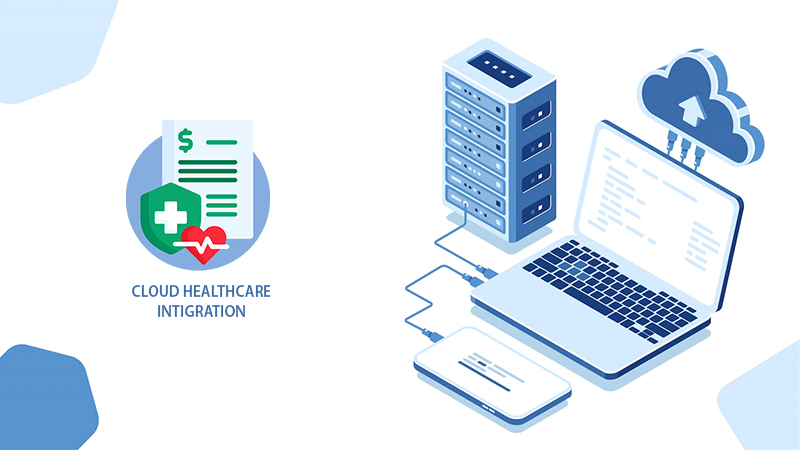
Cloud computing, in essence, creates shared hardware that can be accessed through a network connection and used for a variety of healthcare purposes. Simply put, this solution is a low-cost technology that possesses a number of superpowers, including the ability to process information in massive data sets quickly and accurately. As a result, cloud computing is primarily used by healthcare professionals for communication, decision-making, and forecasting. The technology has the potential to create an entire IT infrastructure that connects hospitals, patients, insurance companies, and research and development centers in a single information ecosystem.
Why Cloud Computing in Healthcare?
By the end of 2019, many tech experts had already placed their bets on the cloud to lead the next year’s tech trends. With so much to offer, it’s no surprise that the cloud is at the forefront of digital transformation. Furthermore, the global COVID-19 pandemic has accelerated customer demand for cloud services. When organizations across various industries were confronted with the new reality, the cloud’s agility and scalability came in particularly handy.
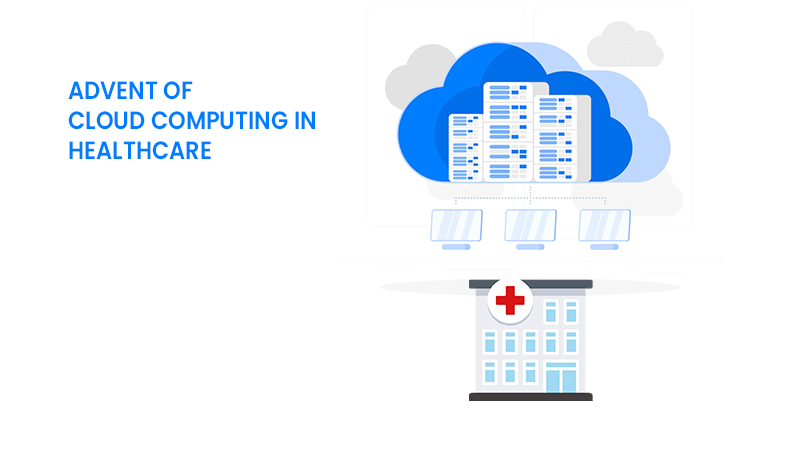
The use of cloud computing in the healthcare industry, like many others, is causing positive change in a variety of ways. Whether it’s to reduce costs and focus on mission-critical activities by leveraging cloud storage and computing capabilities, or to tap into highly flexible and customizable services by leveraging cloud storage and computing capabilities.
Improved privacy, lower costs, and better patient care through remote operation and collaboration are some of the benefits of increased use of cloud systems in healthcare. The adoption of cloud computing in healthcare provided new opportunities to improve the functionality of IT systems.
Addressing Healthcare Challenges Using Cloud Computing
Today, an increasing number of healthcare providers are looking to collaborate with vendors who offer cloud computing solutions to save and retrieve their digital records. A Cloud-based healthcare system meets the following essential healthcare industry requirements:
- Access to computing with massive storage resources on demand, which is not possible in traditional healthcare systems.
- Large datasets for EHR, radiology images, and genomic data offloading are supported.
- The ability to share EHR between authorized physicians, hospitals, and care-giving institutions in different geographic locations, providing timely access to life-saving information and reducing the need for duplicate testing.
- Enhancement in data analysis and monitoring for diagnosis, treatment, cost, and performance.
Save The Penny
Every year, healthcare providers generate massive amounts of digital data. These include lab tests, insurance claims, electronic medical records, and prescriptions. Cloud technology aids in the efficient handling of data. When cloud computing provides more data storage, cloud-based analytical tools can make better use of data and transform it into meaningful information.

Cloud computing typically employs a tenant storage model in which data is stored for the required time period and you pay only for that. Because on-premise infrastructure is not required, significant costs for setup, equipment, and human resources are avoided, making it not only more cost effective but also a much easier process to manage when it comes to organization-wide data storage and management. This also allows you to save money only on the services you use rather than paying for everything all at once.
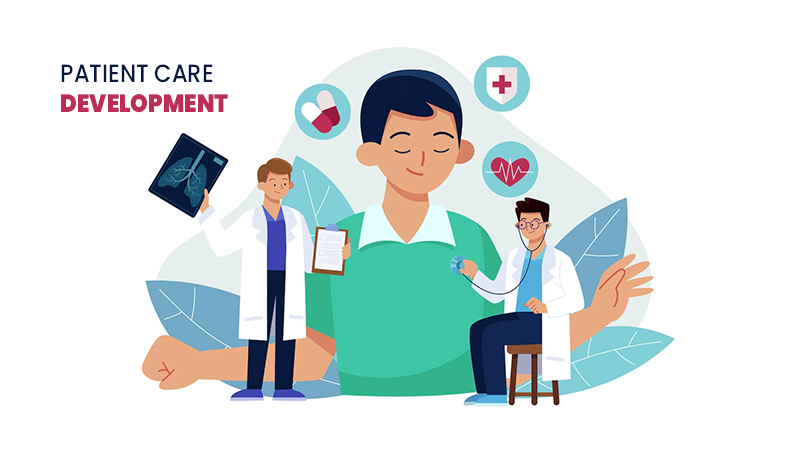
The use of cloud computing in healthcare has hastened the rise of telemedicine. Cloud-based apps and telehealth systems aid in the sharing of healthcare data, the provision of patient health insurance during treatment, prevention, and recovery, and the improvement of availability. Furthermore, many apps include more advanced features such as virtual medicine consumption analysis or doctor’s appointments via video conferencing.
Doctors and hospitals now have the ability to increase patient engagement and provide them with anywhere, anytime access to their medical data, test results, and even doctor’s notes thanks to cloud computing. This gives patients more power and control, as well as increasing their knowledge of their medical conditions. Furthermore, because doctors can access the history of medical records, it provides a new level of safety for patients, preventing them from being overprescribed or avoiding unnecessary testing.
Working Together
Collaboration is facilitated by sharing. Data sharing has become much easier and simpler thanks to cloud computing. Because healthcare information is meant to be kept private, the cloud allows data to be securely shared in real-time among all relevant healthcare stakeholders such as doctors, nurses, and caregivers. Finally, the implementation of cloud solutions significantly improves collaboration.

Patients no longer need to keep separate medical records at each doctor’s office because Electronic Medical Records are stored in the cloud. Doctors can instead share information, see the outcomes of previous interactions with other specialists, and even share information with one another. This not only saves time for patients and doctors, but it also allows for more accurate diagnosis and treatment.
Aside from sharing, they can also remotely access medical reports and records at any time and from any location. Cloud computing has also enabled remote conferencing and quick updates on healthcare developments and patients’ conditions, making it an ideal companion for healthcare professionals.
Lightning Speed Service Delivery
Cloud-based tools can update and upgrade their features at a commendable rate with minimal intervention, and you can also get real-time updates on all relevant data. The advantages of cloud computing in healthcare include unrivaled speed and faster access to information, which can help overcome the challenges that industry stakeholders and patients are facing. This cutting-edge technology has also altered the scope of clinical research, and cloud computing can help with clinical trial management and knowledge sharing.

COVID-19 has already wreaked havoc on the healthcare industry, and 2020 has been an unprecedented year in many ways. Time was critical in battling the pandemic and constructing new hospitals, releasing the vaccine onto the market, and arranging a safe method of mass testing. In such cases, cloud computing should be used to accelerate the delivery of critical technological solutions to the market.
Growing Indisputably
Most technologies face issues when it comes to scaling. When we talk about businesses or organizations, this is a big hurdle as they proceed with technology integration. Despite all such issues faced in the past with technology, cloud computing seems to have moved past this.
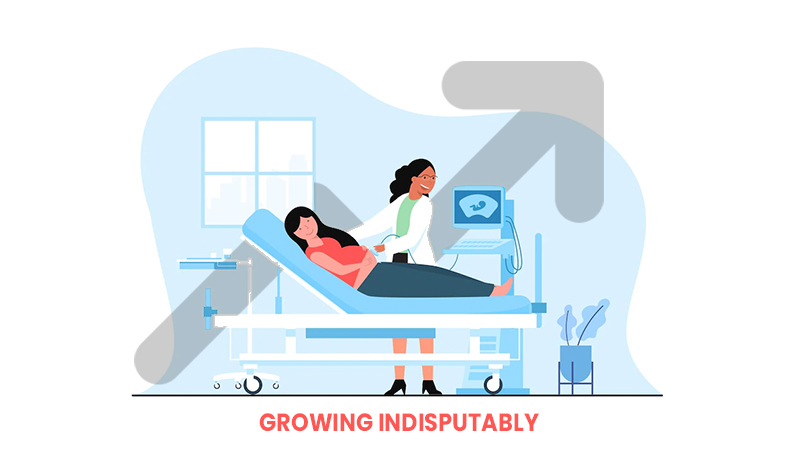
Healthcare organizations work in an ever-changing environment. The cloud enables healthcare technologies such as electronic medical records, mobile apps, patient portals, IoT devices, and big data analytics. It allows for easy scalability and flexibility, which improves the overall decision-making process.
Along with 24-hour availability, healthcare providers must significantly scale data storage and network requirements to meet service demands. Cloud technology has the ability to increase or decrease these storage requirements based on the needs of healthcare professionals.
Concerns of Cloud Computing in Healthcare
As the cloud provides numerous benefits, there will always be some challenges associated with its implementation. As a technology that is still evolving and expanding, it faces a number of dynamic challenges that cloud providers are working to address and keep us up to date on. Some of these challenges are listed here so that you can get a better idea of what might happen.
Organizational Impasse

Smaller hospitals, medical practices, and laboratories frequently lack the internal IT staff needed to maintain and service mission-critical infrastructure like EHRs. As a result, by eliminating the costs of new infrastructure and IT maintenance, many barriers to EHR adoption can be removed. For larger health organizations, putting data storage or IT application needs in the hands of a cloud provider essentially shifts the IT management burden to a third-party provider.
Data Confidentiality
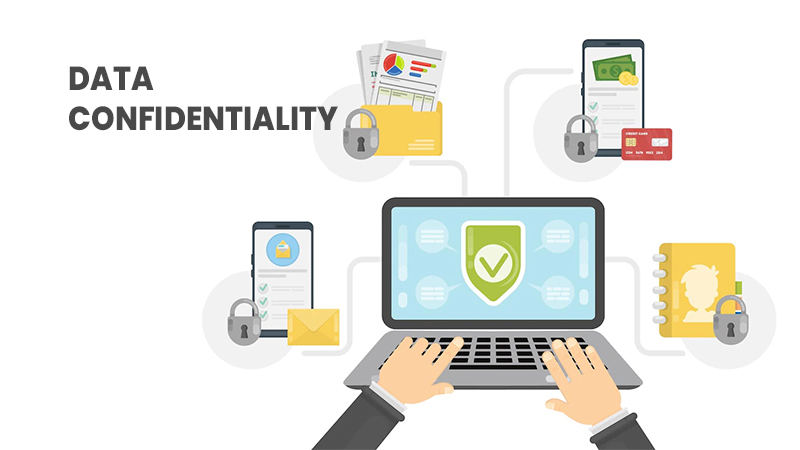
Patient data is one of the most sensitive types of personal information held by healthcare providers and is protected by laws such as HIPAA and the GDPR. As part of the requirements of these regulations, healthcare providers are required to protect patients’ data and notify them of data breaches.
Failure to protect confidential patient data can result in a hefty fine, so make sure you have the proper controls in place to protect patient data during and after cloud migration. Access controls, authentication measures, and storage security must all be implemented to ensure that patient data is adequately protected against unauthorized disclosure.
Data Security
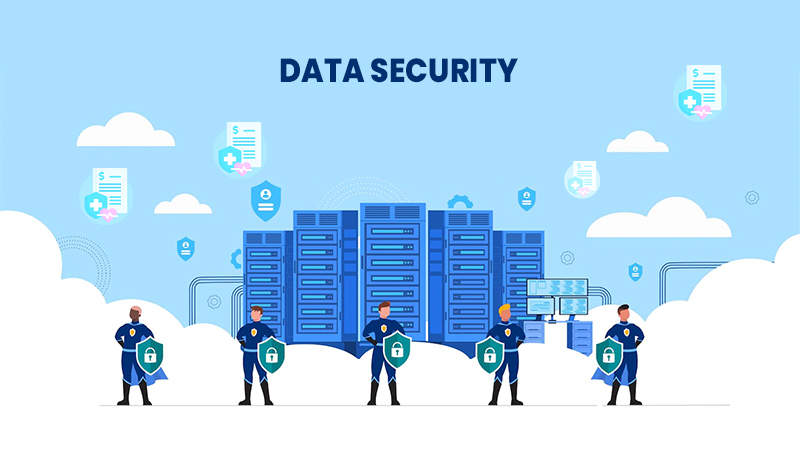
The most significant barrier to cloud computing adoption in health IT centers is data security. Nonetheless, this model is not necessarily less secure than locally stored data. In some cases, it improves security because cloud providers can devote vast amounts of resources to addressing security issues that many customers cannot afford.
When security measures are implemented on a large scale, they are less expensive in terms of hardware, software, human resources, and management costs. The majority of cloud providers replicate their users’ data in multiple locations. This improves data redundancy and independence from system failure, as well as disaster recovery. Furthermore, a cloud provider can always dynamically reallocate security resources for filtering, traffic shaping, or encryption to increase support for defensive measures.
Legalities
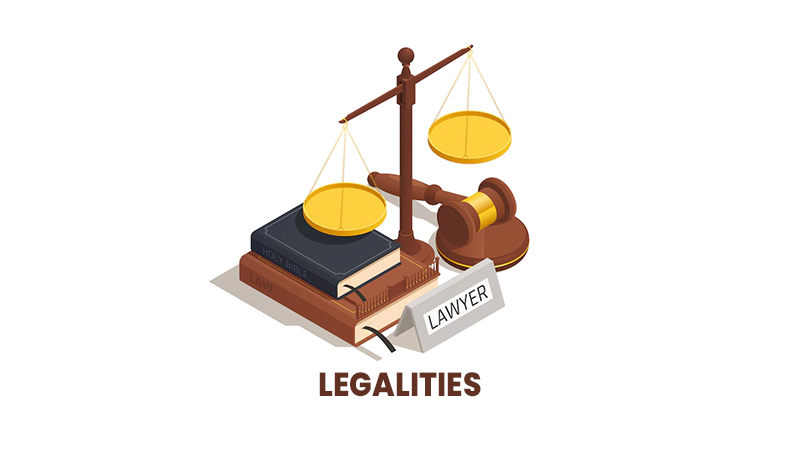
Cloud computing raises numerous legal issues, including contract law, intellectual property rights, data jurisdiction, and privacy. Data jurisdiction and privacy issues are major concerns among them. Physical storages in the cloud could be widely distributed across multiple jurisdictions, each with its own set of laws governing data security, privacy, usage, and intellectual property.
Cloud computing is already a multi-tenancy and shared resource environment for capacity, storage, and network. The failure of mechanisms for separating storage, memory, routing, and even tensions between different tenants of the shared infrastructure is a privacy risk in this type of environment. Because of the centralized storage and shared tenancy of physical storage space, cloud users are at a higher risk of disclosing sensitive data to unauthorized parties.
Strategizing Cloud Migration
When a health organization considers moving its services to the cloud, strategic planning is required to examine the new model’s benefits and risks, assess its capabilities to achieve the goal, and identify strategies for implementation. This is the heart of cloud integration and will determine the future relationship between cloud organizations.
Step 1 – Objective Identification

The first stage is to analyze the current state of the health organization’s service process and identify the fundamental goal of service improvement by hearing the customer’s or patients’ voice. The objective identification and its scope must be clarified in order to better serve the end users (patients). Furthermore, the strategic planning team must define health care service quality indicators and explain the purpose and application of each indicator.
Step 2 – Strategic Evaluation
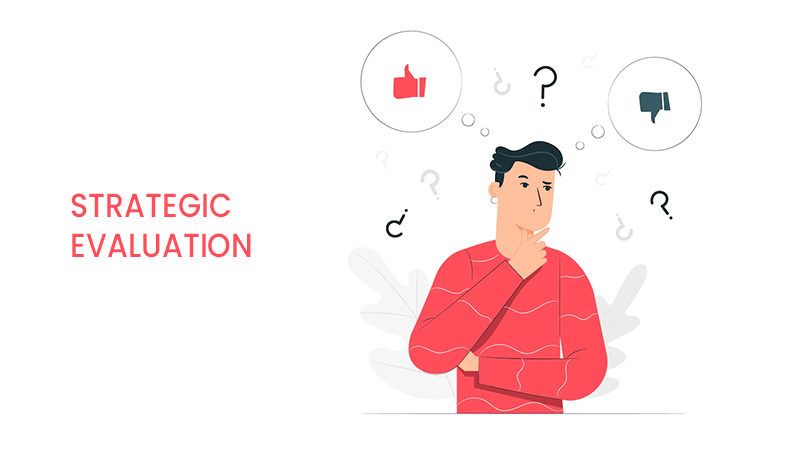
The model’s second stage is to assess the benefits and drawbacks of cloud computing adoption. Several organizations enable you to weigh the benefits and drawbacks of cloud infrastructure. You can also compare the services to the budget constraints to come up with a satisfactory solution that is both effective and beneficial to the organization.
Step 3 – Plan the Action
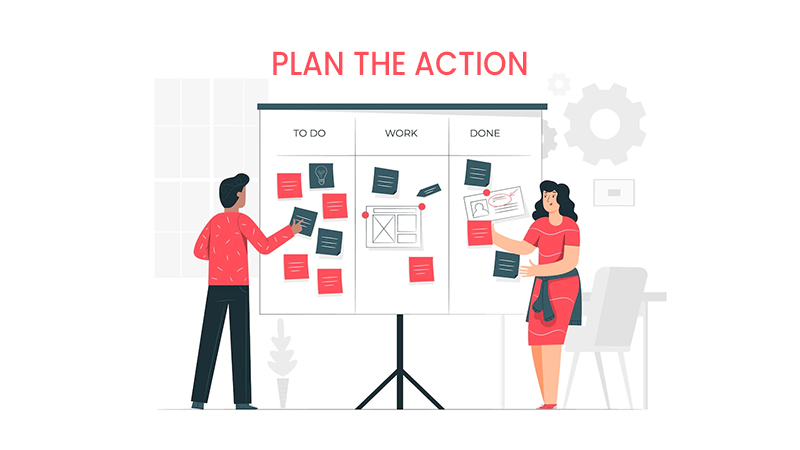
The organization will be able to decide whether or not to adopt the service after evaluating the new computing model. If the answer is yes, a plan for implementation must be developed.
- Choose A Cloud Service And Deployment Model.
- Compare Various Cloud Service Providers
- Obtain Confirmation From The Chosen cloud Provider
- Consider Data Migration In The Future
- Begin A Pilot Implementation.
- Follow Up And Resolve Any Issues That Arise.
Rounding It Up
Cloud computing is a new computing model that has the potential to improve EHR adoption, health care services, and research. Even the world’s developed economies are struggling to meet the sheer magnitude of healthcare needs. However, incorporating cloud computing power into the healthcare system can undoubtedly result in tangible progress toward quality and affordable healthcare for all, rather than just a few privileged individuals.
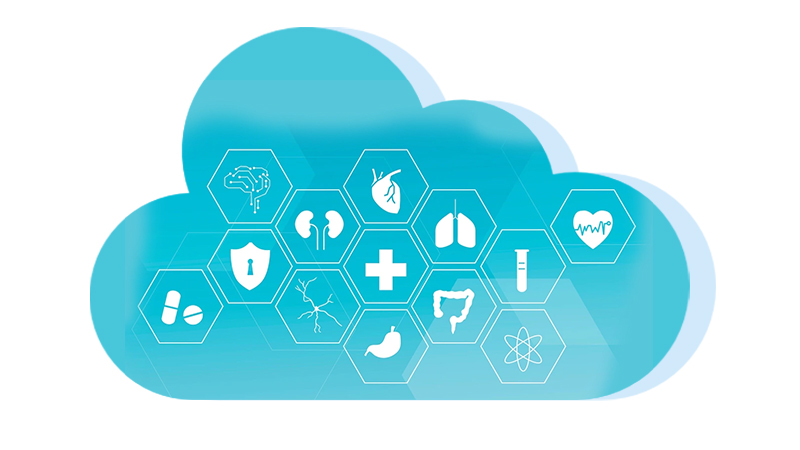
Read More: Is The Young Generation Getting Smartified With Innovative Smart Toys And Playtime?




